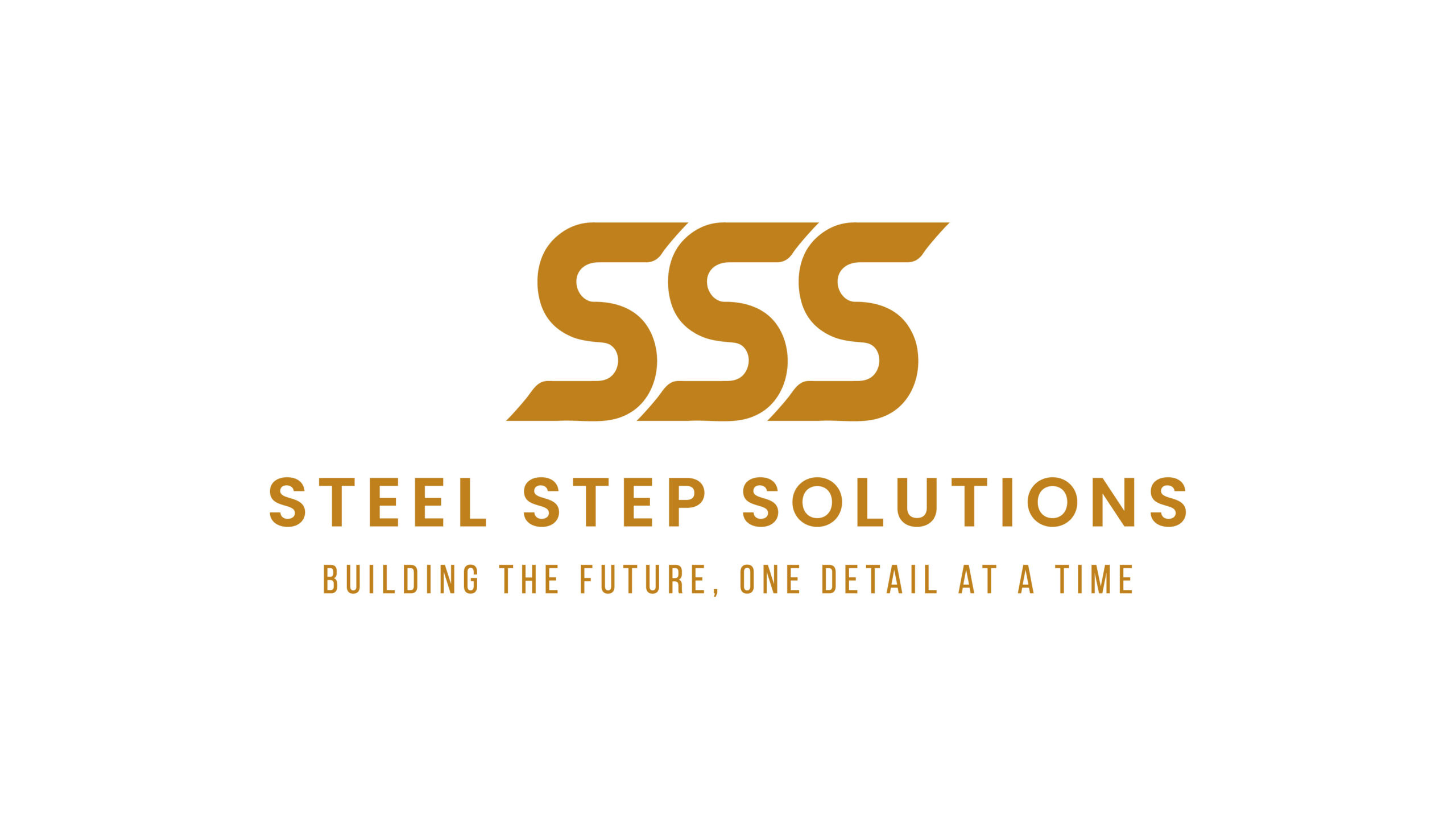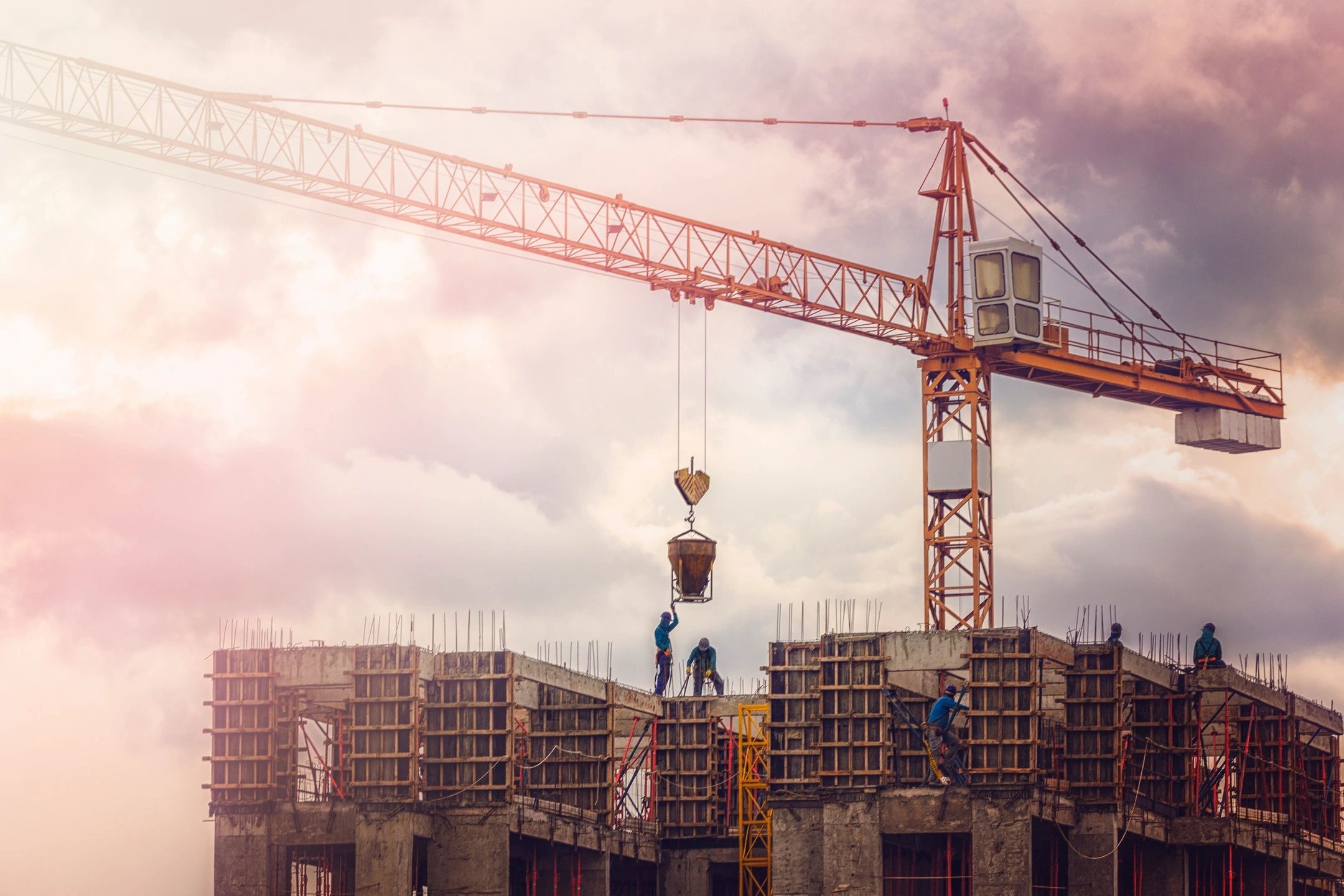Green Steel and Sustainable Practices in Structural Steel Detailing
The steel industry is going under a transformation, keeping sustainability as a top priority.It is known that the production of steel has been a major carbon emitter, responsible for about 7-9% of global emissions.
To handle this problem, the industry is shifting towards ‘green-steel’–the steel that is produced by processes which normally cut or even eliminate carbon emissions.This is not a fad but a strategic necessity brought about by regulatory forces, market forces, and environmental considerations.
Defining Green Steel
Green steel is the name given to steel which is usually made through new, low-carbon technology, such as:
- Hydrogen-Based Reduction: Usage of hydrogen rather than carbon in the reduction process is used to make steel which greatly reduces CO2 emissions.
- Electric Arc Furnaces (EAF) with Renewable Energy: Here we melt steel scraps using renewable energy power sources, which minimizes the overall usage of fossil fuels.
- Carbon Capture and Storage (CCS): Implementing technologies that capture Carbon dioxide emissions in steelmaking and store them in order to avoid release into the atmosphere.
Major industry players are seriously working on such technologies. For example, SSAB plans to market fossil-free steel in 2026 using hydrogen-based technology. Likewise, ArcelorMittal has pledged carbon neutrality by 2050 and is investing in various green steelmaking technologies.
Market Dynamics and Economic Implications
Green steel industry is poised to undergo incredible growth. Worth as much as an estimated $3.80 billion by 2024, the industry is expected to grow as much as $318.18 billion by 2034 with an average compound annual rate of growth of 55.70% between 2025 and 2034.
It is growth fueled by growing demand for green construction materials in addition to strict environmental regulations.
For structural steel detailing companies, this shift creates challenges and opportunities. Green steel uptake involves incorporating new materials and processes into design workflows. It also provides a competitive edge because sustainability is one of the prime considerations in project tenders and client relationships.
Sustainable Practices in Structural Steel Detailing
Apart from production, sustainability in structural steel is about maximizing design and fabrication workflows towards reducing environmental footprint. Important practices are:
- Material Optimization: Utilizing highly sophisticated computer programs during the designing of structures with reduced steel but without compromising strength, thus material use is reduced.
- Waste Reduction: Through using precision manufacturing techniques to reduce scrap and off-cuts upon fabricating.
- Life Cycle Assessment: Analysis of environmental effects of the steel structure over its entire life to guide the sustainable designing practice.
The American Institute of Steel Construction (AISC) has also seen the value in such measures, and a new sustainability design guide has been tasked with spearheading it with Skidmore, Owings & Merrill. The guide is meant to give industry professionals means through which the steel construction can be made more sustainable.
Regulatory and Investment Landscape
Governments around the world are adopting policies to accelerate the transition towards sustainable materials. They include carbon pricing, mechanisms for emissions trading, and green technology uptake subsidies. Companies that are expecting these regulations are cushioning against compliance risk, in addition to placing themselves in good books in order to capitalize on investment opportunities.
Investors are investing more in firms with sound Environmental, Social, and Governance (ESG) performance. Global sustainable (green and recycled) steel market was $329.83 billion in 2023 and is projected to be $820.14 billion in 2034 at a CAGR of 8.52%.This trend indicates the financial sustainability and popularity of sustainable practice in the steel industry.
Conclusion
The transition to green steel and green structural detailing is transforming the construction industry. For market leaders, adopting such movements is not merely a regulatory necessity but a business strategy for improved competitiveness and sustained profitability. With capital outlays in green technology and processes, organizations are able to respond to increasing calls for climate-friendly building practices and deliver outstanding contributions to international carbon reduction initiatives.


